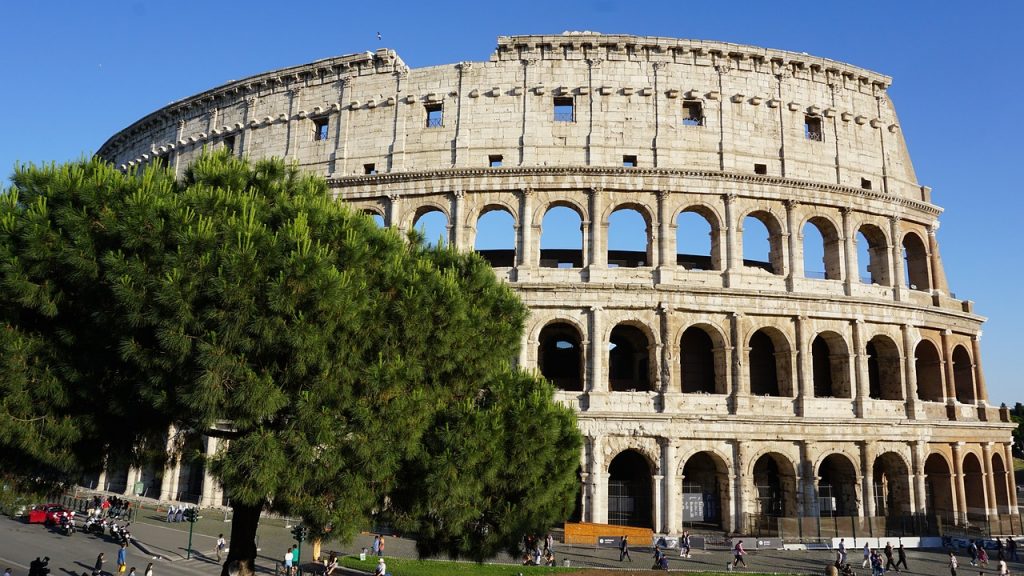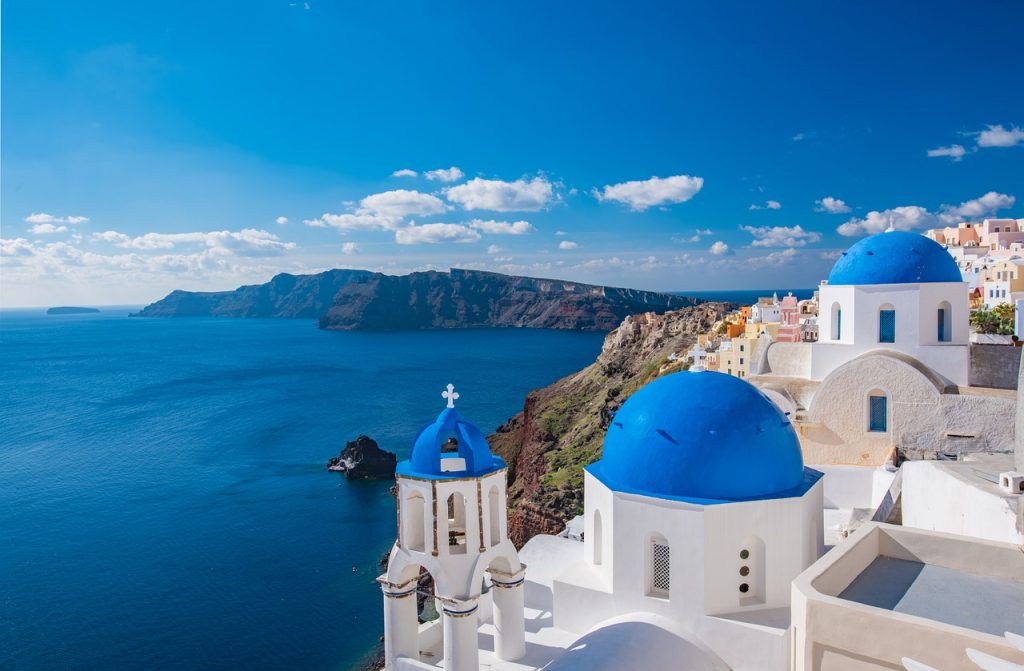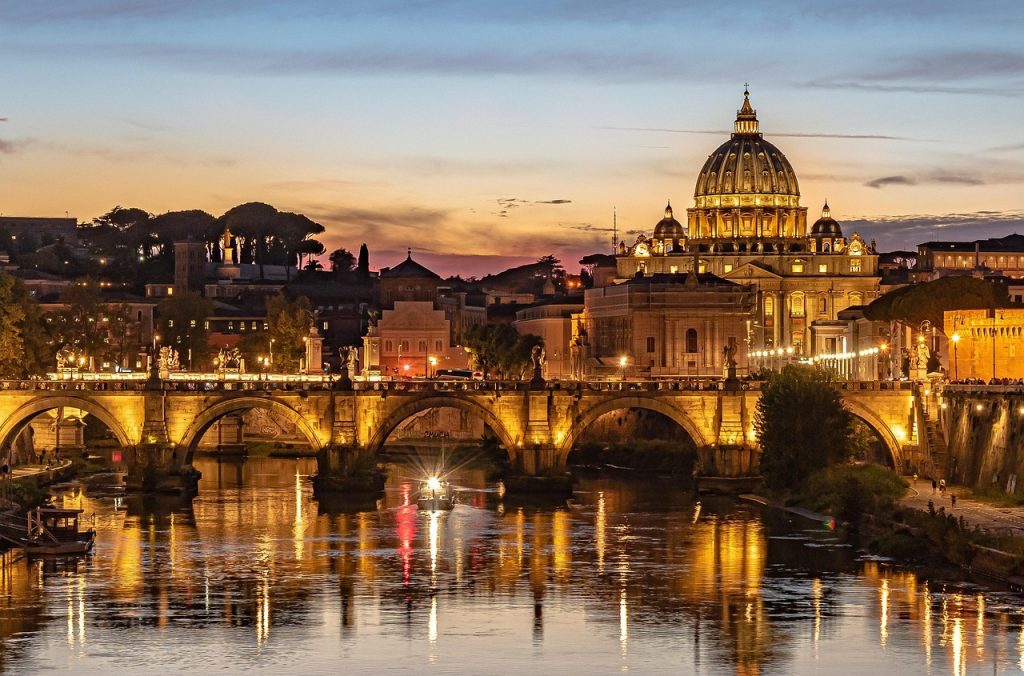Croatia is known for its stunning coastline, historical treasures, and vibrant culture. It is a destination that beckons travelers year-round. Yet, choosing the best time to visit Croatia can greatly enhance your experience.
Visit the sun-soaked beaches to the picturesque old towns, these insights will help you uncover the best time to go to Croatia and make the most of your journey. Make sure you include an outing to experience the Plitvice Lakes which are one of the Seven Natural Wonders of Europe.
Visiting Croatia based on the Weather
The weather in Croatia varies across different seasons, each offering a unique charm. Here’s a breakdown of the seasons, as you consider the best time to visit:
- Summer (June – August): The peak tourist season sees temperatures ranging from 75°F to 95°F (24°C to 35°C). It’s ideal for beach lovers and those seeking vibrant nightlife. However, be prepared for crowds and higher prices.
- Spring (April – May) and Fall (September – October): With temperatures between 55°F to 75°F (13°C to 24°C), these seasons offer pleasant weather, fewer crowds, and more affordable options. Spring showcases blooming landscapes, while fall provides a tranquil ambiance. Many travelers choose one of these two options depending on their preference for the vibrant colors of spring flowers or fall foliage.
- Winter (November – March): The temperatures range from 40°F to 55°F (4°C to 13°C). Coastal cities remain lively, but some attractions may have reduced hours. Inland regions, especially around Christmas, showcase festive markets and celebrations.
Visiting Croatia based on the Crowds
- Best Times to Visit: If you prefer to bask in the sun and savor the lively atmosphere, July and August are popular but crowded months. Alternatively, May, June, September, and October offer pleasant weather without the overwhelming crowds.
- Avoid the Peak: To escape the influx of tourists and enjoy a more serene experience, it’s wise to avoid Croatia in July and August when the crowds can be overwhelming.
Discover Croatia’s Cultural Experiences: A Tapestry of Traditions
Croatia’s rich history and diverse culture provide a tapestry of experiences year-round. While the cultural calendar offers events throughout the year, some activities shine in specific seasons. Here are 10 iconic cultural events that happen annually in Croatia:
- Dubrovnik Summer Festival (July – August): Held in the historic city of Dubrovnik, this renowned festival features a variety of cultural performances, including theater, music, and dance. The festival utilizes the stunning backdrop of the city’s ancient walls and historic venues.
- Zagreb Advent (December): As the capital city, Zagreb transforms into a winter wonderland during the holiday season. The city’s Advent program includes festive markets, live music, ice skating, and beautifully lit decorations.
- Rijeka Carnival (January – February): Croatia’s largest carnival takes place in Rijeka during the weeks leading up to Lent. The event features colorful parades, costumes, music, and traditional performances.
- Pula Film Festival (July): Pula hosts the oldest Croatian film festival, showcasing a selection of national and international films. The historic Arena amphitheater serves as a unique venue for open-air film screenings.
- Split Summer Festival (July – August): Split, another coastal gem, offers a summer festival filled with theater, opera, ballet, and concerts. The performances are held in historic venues, adding an extra layer of cultural immersion.
- Sibenik International Children’s Festival (June – July): Sibenik hosts a vibrant children’s festival that brings together young artists from around the world. The event includes theater performances, music, dance, and interactive workshops.
- Zadar Musical Evenings (June – August): Zadar’s musical evenings celebrate classical and contemporary music. Concerts are held in various historic locations, including the famous Sea Organ and Greeting to the Sun installations.
- Motovun Film Festival (July): Set in the picturesque town of Motovun, this film festival focuses on independent and international cinema. Attendees enjoy open-air screenings and discussions with filmmakers.
- Sinjska Alka (August): This traditional equestrian competition takes place in the town of Sinj. Horsemen, clad in historical uniforms, aim their lances at a small ring, a practice that dates back to the 18th century.
- Zadar Shakespeare Festival (April): Zadar’s homage to the great playwright, William Shakespeare, features a variety of performances, workshops, and lectures. The festival aims to promote Shakespearean literature and theater.
These annual cultural events offer a glimpse into Croatia’s rich history, traditions, and artistic expressions. Whether you’re captivated by theater, film, music, or local customs, these festivals provide a wonderful opportunity to immerse yourself in the country’s vibrant cultural scene.
Exploring Croatia’s Wilderness & Nature Experiences
Croatia’s natural beauty beckons adventurers with a variety of outdoor activities. From hiking the Plitvice Lakes National Park to kayaking along the Adriatic coastline, certain activities thrive during specific times of the year. Here are some guidelines for optimal timing based on your interests:
Spring (April – June): Spring is an excellent time to witness Croatia’s blooming landscapes, mild temperatures, and the awakening of wildlife. This season is ideal for birdwatching, as many migratory species return to their breeding grounds. National parks like Plitvice Lakes and Krka are less crowded, allowing you to enjoy the pristine beauty of waterfalls and lush vegetation.
Summer (July – August): While summer is the high tourist season, it’s also when the Adriatic Sea is warm and inviting. Snorkeling, scuba diving, and sea kayaking become popular outdoor activities along the coast. Inland, nature reserves like Lonjsko Polje provide opportunities to spot a variety of bird species, including herons and storks.
Autumn (September – October): As the summer crowds disperse, autumn offers a more tranquil experience for nature enthusiasts. The weather remains pleasant, making it an ideal time for hiking and exploring national parks. Coastal areas like the Kvarner Gulf are known for dolphin-watching boat tours, offering a chance to observe these majestic creatures in their natural habitat. Some people appreciate the fall foliage changes when exploring majestic places like Plitvice Lakes.
Winter (December – February): If you’re interested in birdwatching, winter is a unique time to visit Croatia. The Neretva Delta becomes a haven for bird species seeking warmer climates. Areas like the Kopacki Rit Nature Park are known for their winter bird populations, making it a haven for birdwatching enthusiasts.
Sightseeing Activities: Seasonal Delights
Croatia’s enchanting cities and landmarks offer unique experiences that happen at different times throughout the year:
- Whale Watching (April – September): The Adriatic Sea comes alive with majestic creatures, providing an opportunity for thrilling whale-watching tours.
- Dubrovnik’s City Walls (Spring and Fall): Exploring the iconic walls is more comfortable in milder temperatures, making spring and fall ideal.
- Diocletian’s Palace (Year-round): The heart of Split offers historical wonders year-round, but you’ll enjoy a more relaxed experience outside the peak summer months.
- Island Hopping: If exploring Croatia’s islands is on your agenda, the warmer months of May to September provide the best ferry and boat connections.
- Restaurant and Shop Hours: In coastal towns, some restaurants and shops close during the off-season, so consider this when planning your itinerary.
Conclusion: Embrace Croatia’s Seasons
Croatia has sunny beach days, serene hikes, or cultural immersion opportunities for everyone. The country offers a diverse range of experiences throughout the year. From the vibrant buzz of summer to the tranquil beauty of spring and fall, each season has its allure.
The best time to visit Croatia starts with declaring your sightseeing preferences and then matching the desired experiences with weather and crowd considerations.
By understanding the weather, crowds, cultural opportunities, and seasonal activities, you can tailor your visit to Croatia to ensure an unforgettable journey that resonates with your interests and desires.
Photo Credits:
Image by Dongchan Park from Pixabay





